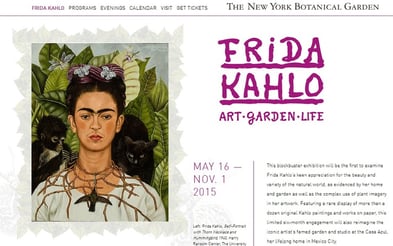NaTECHUre is a top trend in the gardening industry for 2016.
It’s no secret that virtual reality engages  kids with gardening and nature in fun, new ways. When technology and nature combine, kids get off the couch and head outside to the garden.
kids with gardening and nature in fun, new ways. When technology and nature combine, kids get off the couch and head outside to the garden.
Garden brands looking to be successful need to pay attention to the virtual reality (VR) and augmented reality (AR) craze.
There are a lot of things PR pros can do to incorporate VR and AR in their strategies and bring their clients into the future.
Read on to learn how to incorporate virtual reality in your PR strategy.
 Fast Company estimates that VR and AR will generate $150 billion in revenue by 2020. Garden brands can’t ignore this type of growth.
Fast Company estimates that VR and AR will generate $150 billion in revenue by 2020. Garden brands can’t ignore this type of growth.
In order to get ahead with any VR or AR initiatives, garden brands need to look to the future but keep the fundamentals of a traditional campaign in mind.
Interesting stories that offer something new will always resonate with consumers.
Tell Real Stories
No matter what medium you use to communicate, it’s important to remember that audiences crave interesting, authentic stories.
Virtual reality is no exception.
Brands looking to create an immersive VR experience need to convey inspiring messages though the images and “worlds” they create.
“VR video is especially good at honest, raw, inspiring content,” says PR Daily. “We can tell stories that immerse our audiences and really affect behavior. VR is a great conduit for empathy; empathy leads to action. VR video will be great for cause-related marketing.”
Similar to creating a “traditional” campaign, brands need to keep their goals, story audience and message at the forefront of any VR or AR initiative.
Enhance the Experience 
Virtual reality and augmented reality provide brands with an opportunity to expand and enhance real-world experiences.
Need to spice up you selfies? Turn to Snapchat’s array of filters that turn humans into anything from dogs to fruit.
Want more from a museum visit? Look no further than the New York Botanical Garden’s Frida Kahlo’s mobile guide that allowed visitors to see rare photos and listen to commentary not provided during the real-life experience.
Audiences won’t respond to any VR or AR experience that doesn’t offer something convenient new and exciting.















